
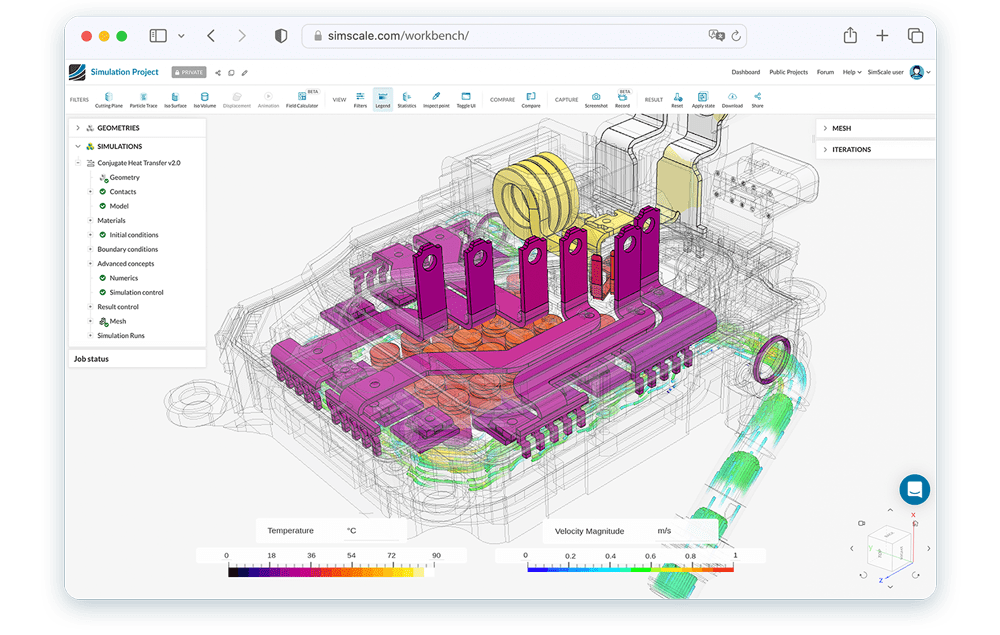
Thermal management and energy efficiency are critical requirements for many products ranging from power electronics enclosures to heat exchangers.
Use SimScale’s broad thermal simulation capabilities to analyze and optimize your product early in the design phase.
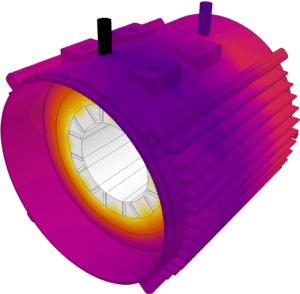
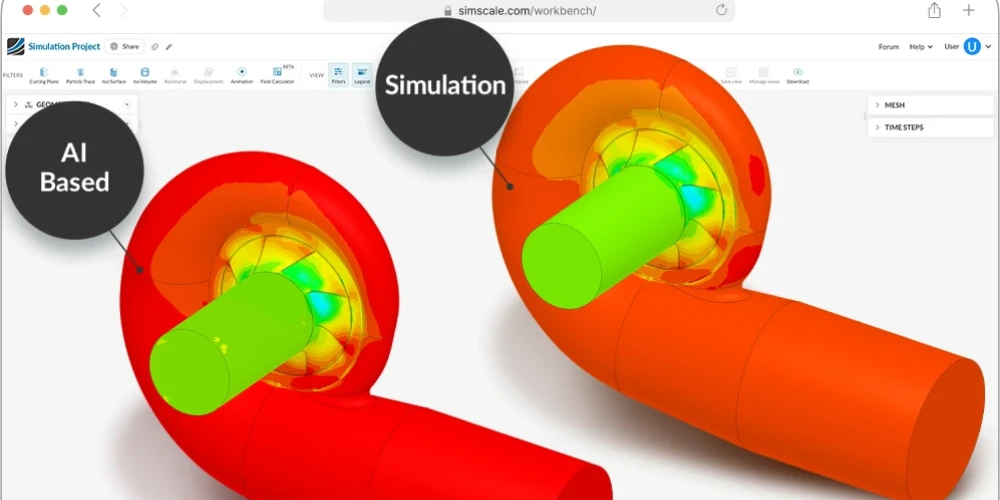
AI reshapes thermal simulation, accelerating design with AI-driven insights like Physics AI for early stages and agentic Engineering AI to streamline workflows. SimScale’s AI-native architecture blends instant insights with high-fidelity simulation for faster, accurate thermal challenge solutions.

SimScale supports all major CAD tools natively and with geometry update for design variations.

Choose Cartesian mesh-based solving for early design modeling or high-accuracy body-fitted discretization for detailed parametric studies.

Analyze results, iterate designs, and retain simulation settings with SimScale’s integrated post-processor.
SimScale’s heat transfer simulation allows you to simulate coupled heat transfer in solids via conduction and in fluids through convection, in addition to radiation and thermomechanical simulation.
The thermal analysis software parameters are determined by the type of fluid convection, such as natural, mixed, or forced convection. Some of the areas in which it can be used are heat sink design, electronics cooling, heat exchangers, automotive thermal management, nuclear reactors, and more.
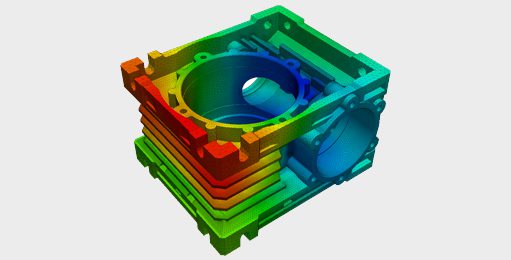
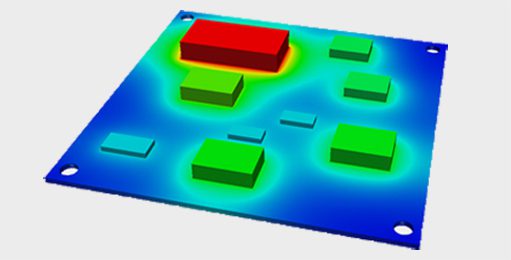
SimScale’s thermal simulation software offers a module for multiple types of applications where heat and energy are significant study parameters. You can simulate conduction across different materials and model temperature-dependent conductivity. This includes:
With SimScale, you can simulate convective heat transfer across multiple physics. These include:
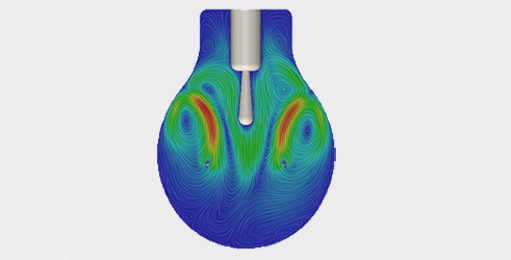
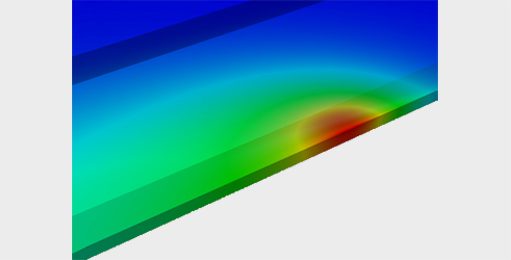
SimScale’s thermal simulation software enables you to perform both thermomechanical and heat transfer analyses. The thermal analysis software takes into account the energy balance of the system. When investigating thermomechanical components, the effects of loads on solids caused by thermal expansion can also be included.
For many industrial applications, simulating the stress response to thermal loads and understanding failure is essential. Applications include polymeric materials, valves, pipes, basket strainers, PCB, pressure vessels and more.
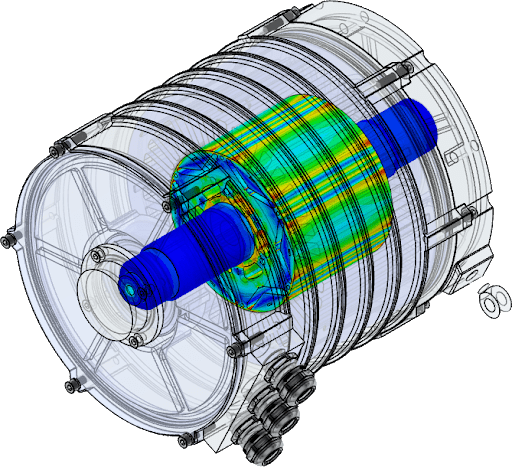
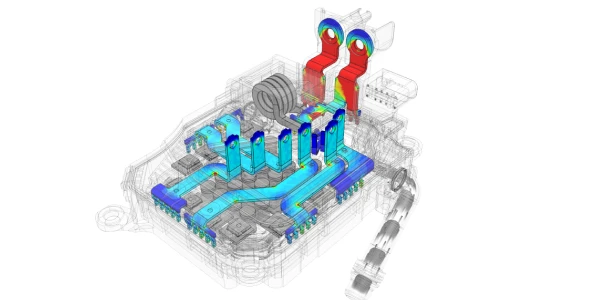
Thermal performance is a critical aspect of modern electronics and PCB design. As form factors get smaller, and electronics become more powerful, designers and engineers need to get innovative with cooling and packaging solutions that combine performance and longevity with aesthetics and design.
SimScale offers both body-fitted and immersed boundary method conjugate heat transfer (CHT) methods that enable for highly robust and accurate thermal analysis, even for highly complex geometries.
The mega-trend towards battery electrification, particularly in e-mobility and grid energy storage, means that thermal management systems not only influence overall product efficiency and performance but are now a safety-critical aspect of product design.
Battery thermal management affects charging and discharging performance, lifetime and durability, while also determining packaging needs. It is therefore essential to support product design with fast and accurate thermal management simulation to verify that performance requirements are continually met throughout the design cycle. Poor attention to thermal management can have consequences ranging from excessive battery degradation to catastrophic battery thermal runaway.
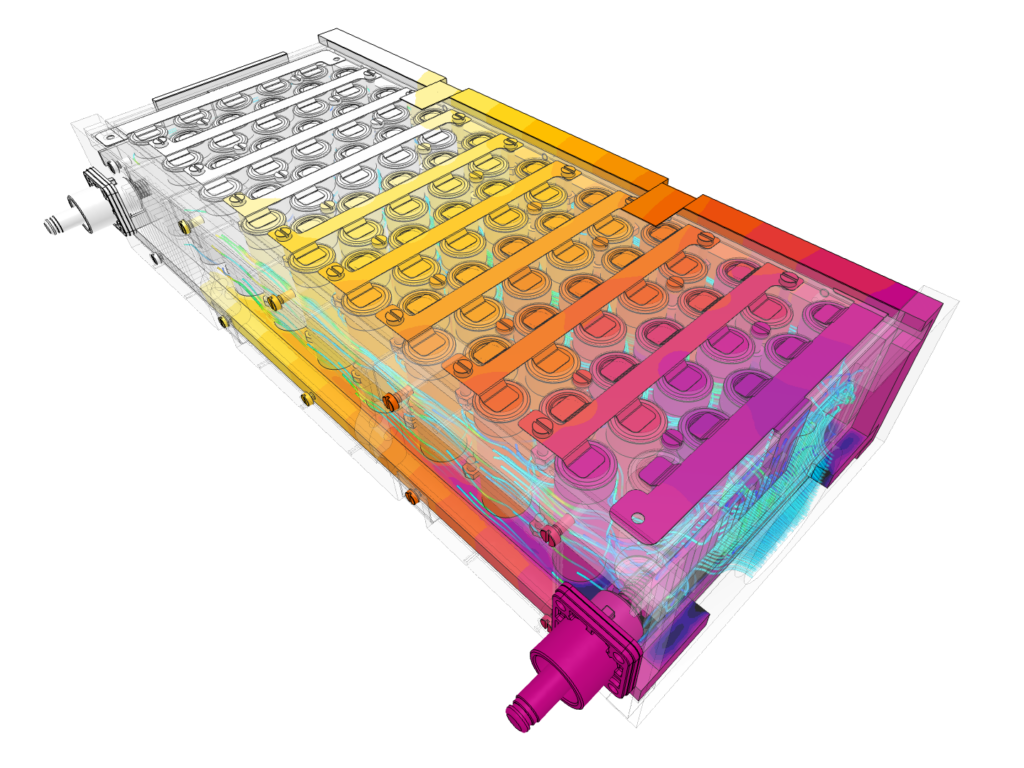

Save time and cost via early-stage, simulation-informed design decisions.
Iterate fast for optimal design and limit prototyping costs.
Avoid compromises between being first on the market and design quality.
Customer Success
Siemens Energy boosts 3D-printed design with SimScale’s cloud simulation, speeding iterations and enhancing thermal performance.
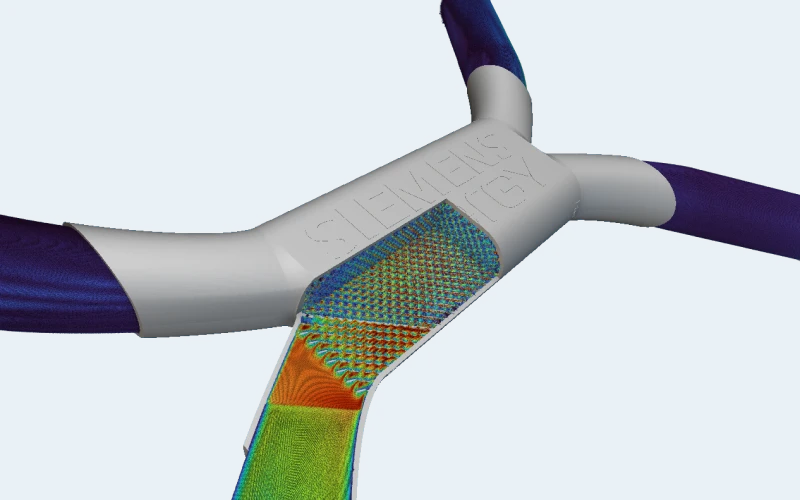




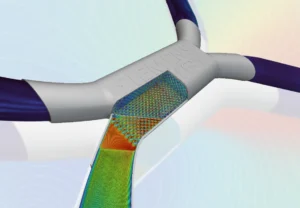

Check out all the success stories of our customers in the thermal industry
See All StoriesCheck out the latest thermal simulations performed in SimScale and validated against experimental and/or analytical results.
Your hub for everything about thermal & heat transfer, and the world of simulation and analysis in the cloud.
Take control of your design process. Use powerful thermal simulation to unlock peak performance and reliability. Talk to one of our specialists today to see how SimScale can be integrated into your workflow.
Sign up for SimScale
and start simulating now